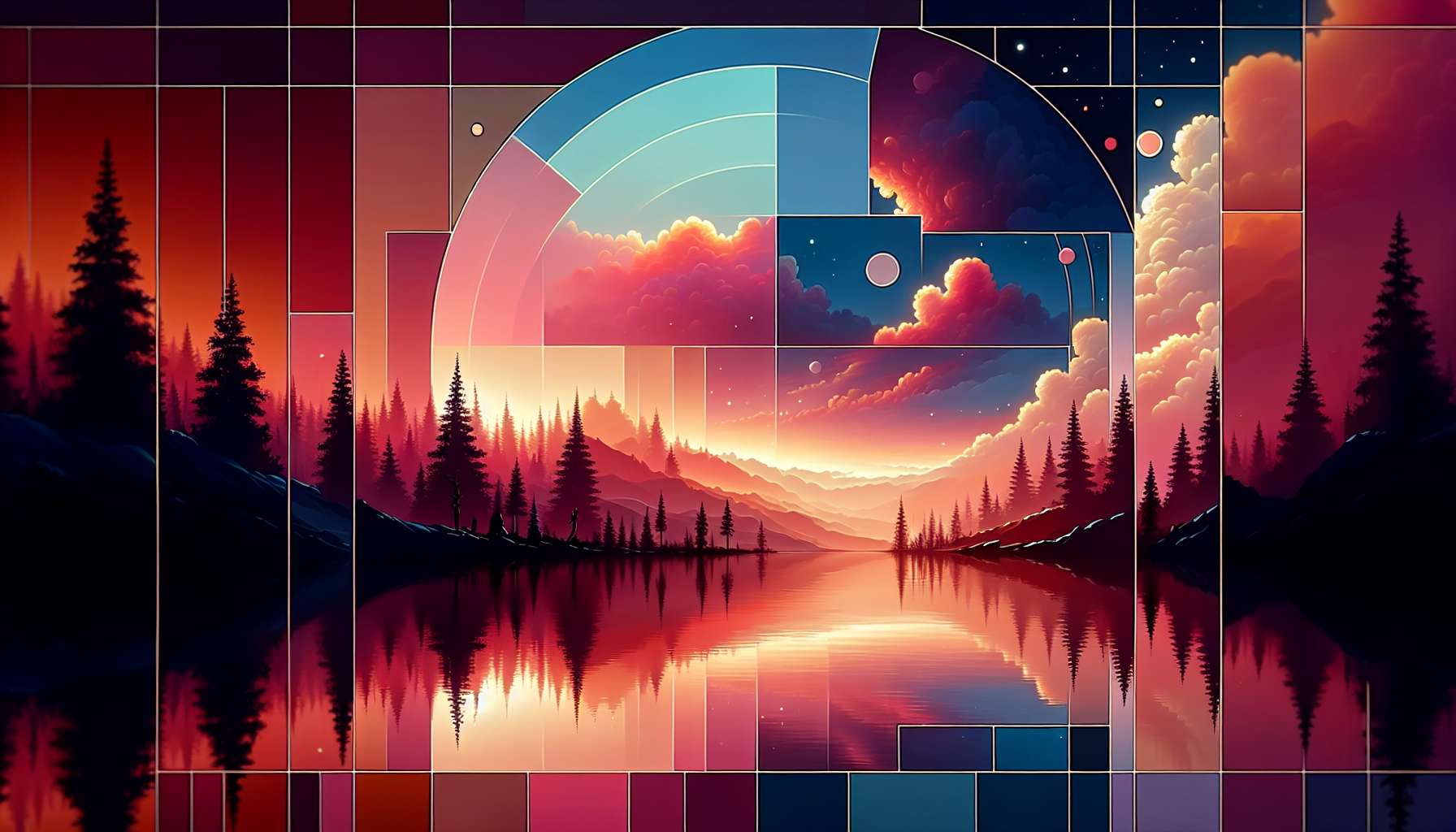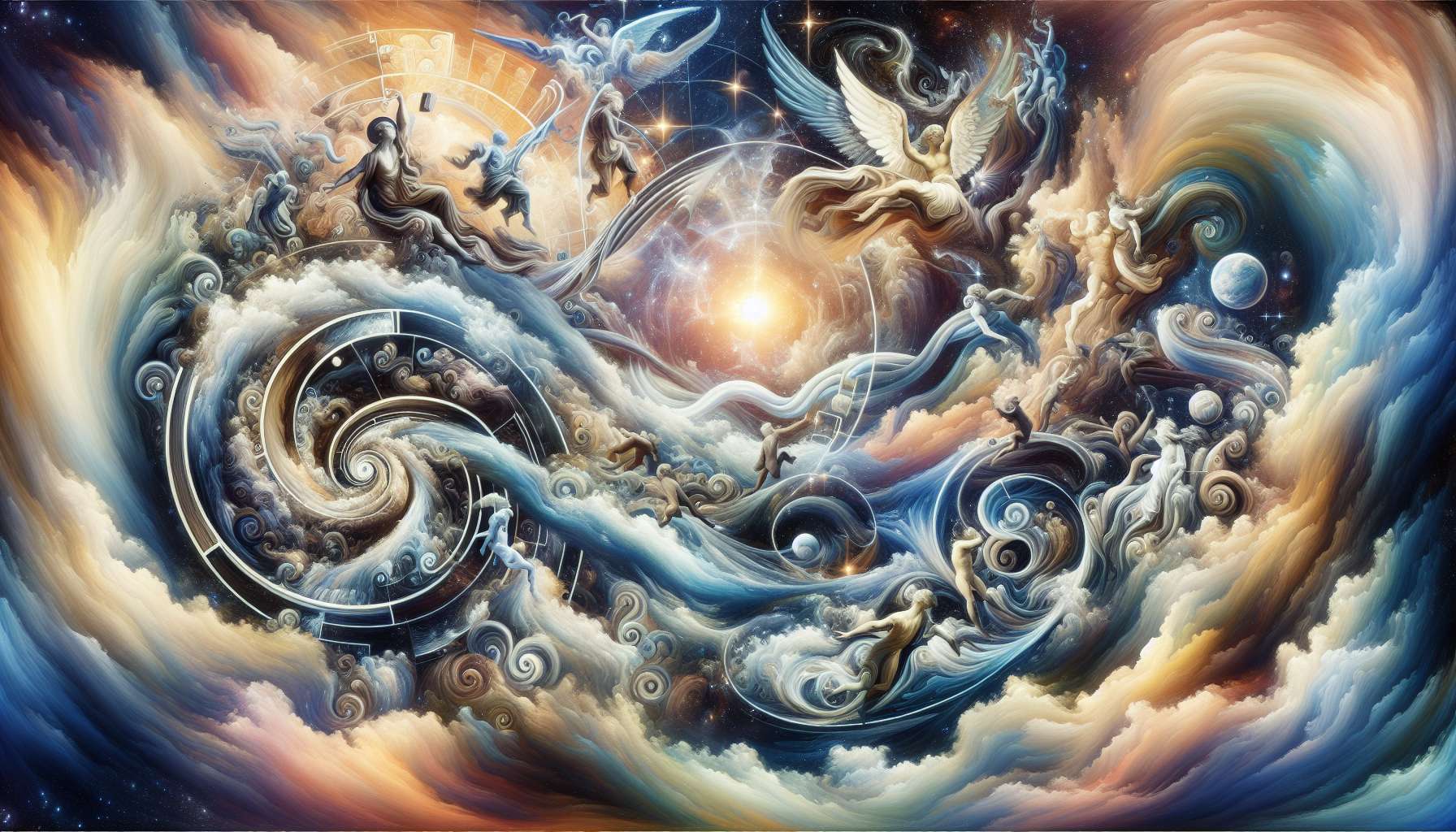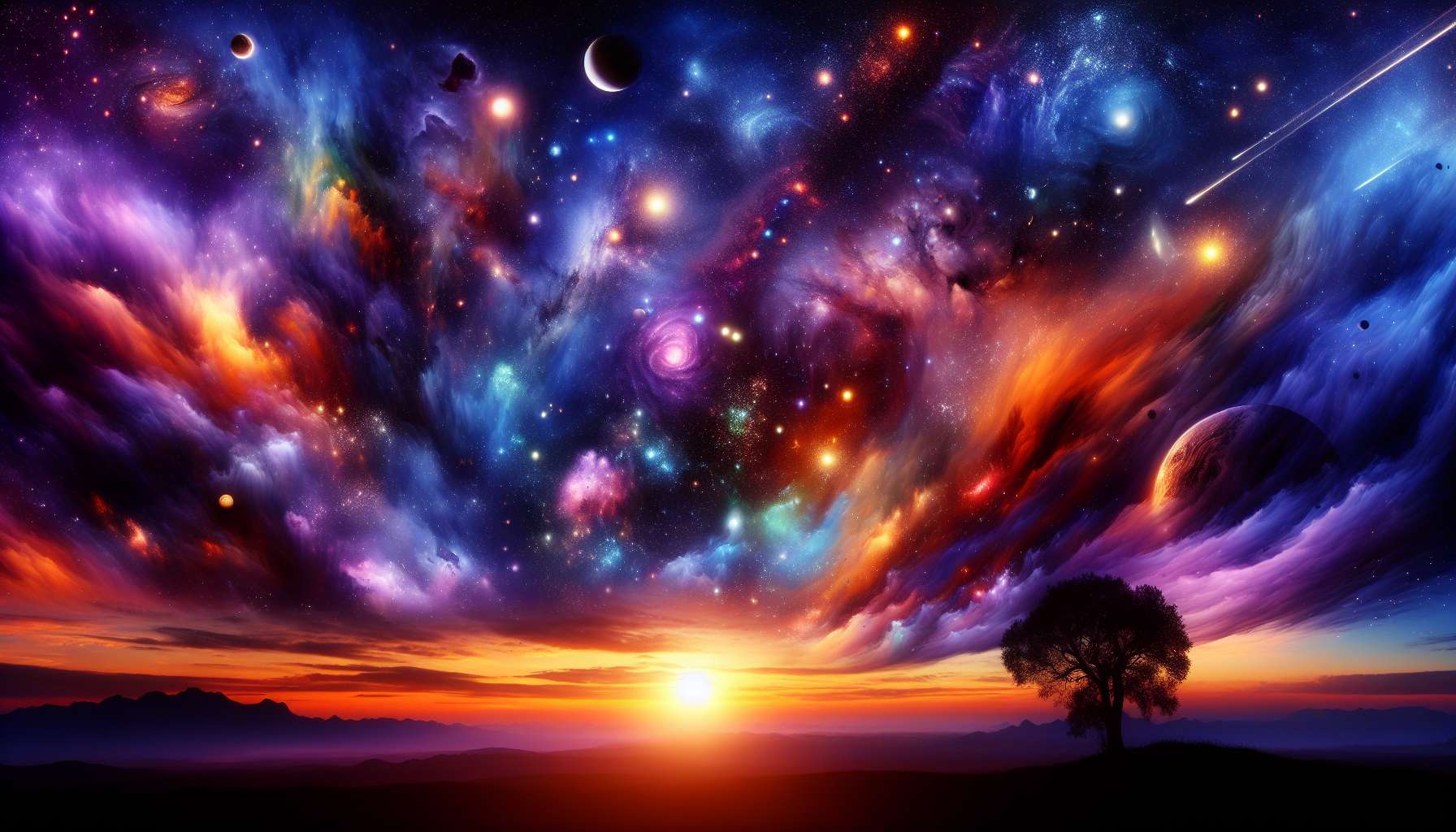Lunar Mythology Exploration: Unveiling the Mysteries of the Moon
From ancient civilizations to modern scientific research, the moon has captivated human imagination for centuries. Lunar mythology, the rich tapestry of stories, beliefs, and practices surrounding the moon, offers a fascinating lens through which to explore our connection to the celestial body that lights up our night sky. In this article, we will delve into the depths of lunar mythology exploration, uncovering its historical significance, cultural manifestations, and contemporary relevance.
The Moon in Ancient Mythology
For countless cultures around the world, the moon has held a central place in mythology and folklore. In ancient Mesopotamia, the Babylonians worshipped the moon god Sin, while the Greeks revered Selene as the embodiment of the moon’s ethereal beauty. In Norse mythology, the moon was associated with Mani, who guided the moon across the night sky with his chariot. These myths not only served as explanations for the moon’s cycles and phases but also reflected deeper cultural beliefs about femininity, fertility, and the passage of time.
One of the most well-known lunar myths is the story of the moon rabbit, found in Chinese, Japanese, and Korean folklore. According to this legend, a rabbit lives on the moon, pounding medicinal herbs in a mortar. This tale symbolizes selflessness, sacrifice, and the pursuit of eternal life, offering a glimpse into the moral values of Eastern societies.

The Role of the Moon in Rituals and Festivals
Throughout history, the moon has played a vital role in religious ceremonies, agricultural practices, and seasonal celebrations. The lunar cycle, with its waxing and waning phases, has been closely tied to the rhythms of nature and the passage of time. In many cultures, full moon rituals are performed to harness the moon’s energy, manifest intentions, or honor lunar deities.
One of the most famous lunar festivals is the Mid-Autumn Festival, also known as the Mooncake Festival, celebrated in China and other East Asian countries. During this festival, families gather to admire the full moon, indulge in traditional mooncakes, and pay homage to Chang’e, the mythical moon goddess. The Mid-Autumn Festival is a time of reunion, gratitude, and reflection, highlighting the moon’s role as a symbol of unity and abundance.
The Moon in Literature and Art
From Shakespeare’s sonnets to Van Gogh’s Starry Night, the moon has inspired countless works of literature and art throughout history. Poets, painters, and composers have drawn upon the moon’s mystical allure to evoke emotions of longing, romance, and transcendence. In literature, the moon often symbolizes mystery, madness, and the unknown, serving as a metaphor for the human experience.
In visual art, the moon has been depicted in various forms, from serene landscapes to abstract compositions. The Impressionist painters, in particular, were fascinated by the play of light and shadow cast by the moon, capturing its luminous beauty in their ethereal works. The moon’s cyclical nature and ever-changing appearance have provided artists with a rich source of inspiration and symbolism.

Modern Interpretations of Lunar Mythology
As our understanding of the moon has deepened through scientific exploration, new interpretations of lunar mythology have emerged. From the Apollo moon landings to lunar probes and satellites, humans have ventured beyond Earth to unravel the mysteries of our celestial neighbor. The moon’s impact on Earth’s tides, climate, and ecosystems has been studied extensively, shedding light on its crucial role in sustaining life on our planet.
In popular culture, the moon continues to be a source of fascination and intrigue. From werewolves and lunar cycles in horror movies to lunar colonies and space tourism in science fiction, the moon serves as a backdrop for imaginative storytelling and speculative futures. The enduring appeal of lunar mythology in contemporary society reflects our enduring fascination with the cosmos and our place within it.
Expert Opinions on Lunar Mythology Exploration
Dr. Luna Moonstone, a renowned expert in comparative mythology, believes that the study of lunar mythology offers valuable insights into the human psyche and cultural heritage. According to Dr. Moonstone, “Lunar myths reveal our deepest fears, desires, and aspirations, providing a window into the collective unconscious of humanity. By exploring these ancient stories, we can gain a deeper understanding of ourselves and our place in the universe.”
Professor Celeste Nightingale, an astrophysicist specializing in lunar geology, emphasizes the importance of integrating scientific knowledge with cultural traditions. Professor Nightingale states, “The moon is not just a lifeless rock in space; it is a dynamic and evolving world that has shaped Earth’s history and evolution. By combining scientific research with mythological insights, we can unlock the full potential of lunar exploration and inspire future generations to reach for the stars.”
Conclusion: Embracing the Lunar Mystique
As we journey through the realm of lunar mythology exploration, we are reminded of the enduring power of the moon to inspire, enchant, and unite us across cultures and generations. From ancient myths to modern interpretations, the moon continues to cast its spell upon our collective imagination, inviting us to ponder the mysteries of the cosmos and our place within it.
Whether we gaze up at the night sky in wonder or delve into the depths of lunar lore, the moon remains a symbol of beauty, mystery, and eternal renewal. As we explore the rich tapestry of lunar mythology, may we find solace in the timeless rhythms of the moon and the universal truths it reveals about the human experience. In the words of poet Rumi, “The moon stays bright when it doesn’t avoid the night.” Let us embrace the lunar mystique and bask in the silver glow of our celestial companion.




